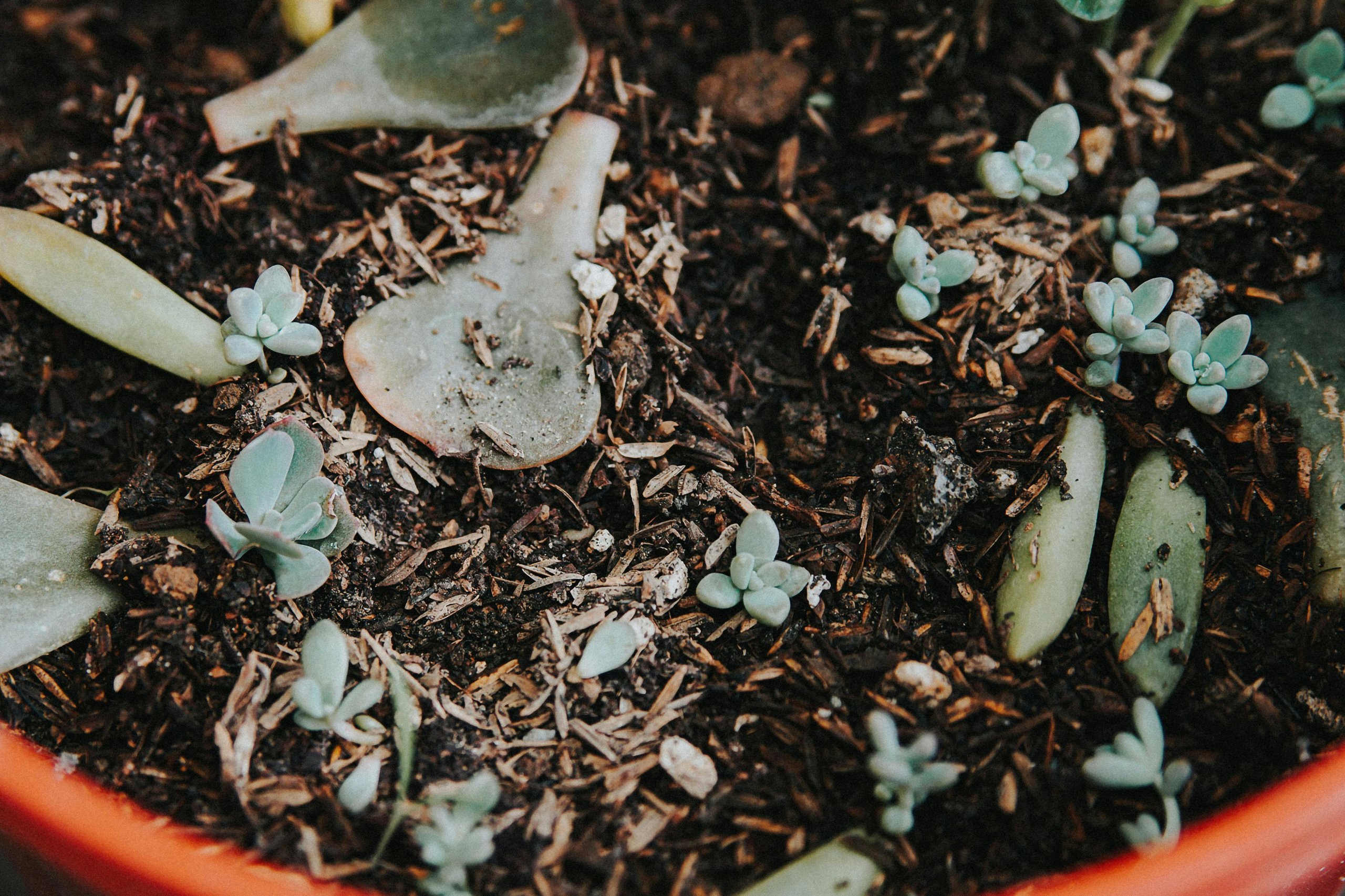Fastest Succulents to Propagate
If you want to grow your succulent collection quickly, knowing which types are the fastest to propagate can save you time and effort. Some succulents sprout roots and grow new plants much faster than others, making them perfect for beginners or anyone impatient to see results. Jade, echeveria, kalanchoe, and string of bananas are among the quickest succulents you can propagate at home.

You don’t need to be an expert gardener to multiply these plants. With a little guidance and the right methods, you’ll be able to watch new roots and leaves form in just a few weeks. If you’re looking for tips on easy, reliable propagation, and you want to learn which succulents offer the fastest payoff, you’re in the right place.
Key Takeaways
- Certain succulents are much faster to propagate than others.
- Simple methods can help you see quick results with the right plants.
- Popular choices include jade, echeveria, sedum, and string of bananas.
Top Fastest Succulents to Propagate
Many succulents grow quickly from cuttings or leaves if you give them the right care. Some types root faster and show new growth sooner, making them ideal if you want to see quick results or expand your plant collection.
Jade Plant (Crassula ovata)
Jade plants, also called money plants, are among the fastest succulents to propagate from leaf or stem cuttings.
You can take a healthy leaf or a short stem, let it callus for a few days, and then place it on well-draining soil. Roots often start growing within two weeks.
For best results, keep new cuttings in indirect light and water lightly when the soil is dry. Jade plants are sturdy and tolerate a bit of neglect, which makes rooting and growing them less stressful for beginners.
You’ll see thick, shiny green leaves forming from new growth points once rooted. Jade plants can grow into small trees over time, adding lush greenery to your space without much effort.
Propagation Tips:
- Let cuttings callus over to prevent rot.
- Use a shallow tray for multiple cuttings at once.
String of Bananas (Senecio radicans)
String of Bananas is a trailing succulent known for its banana-shaped leaves. It is easy to propagate and grows roots quickly when you lay a stem segment on moist soil. In most cases, tiny roots form in about a week.
You can try water propagation too. Just place a cutting in a jar of water and watch the roots appear. Transferring to soil when roots reach about half an inch long often helps avoid transplant shock.
This plant does best with bright, filtered sunlight and minimal water. While a relatively fast-growing succulent, achieving a full pot of vines typically takes several months. The fast growth makes it a favorite for hanging baskets and shelf displays.
Quick Facts:
- Grows well in water or well-draining soil
- Prefers trailing over the edge of a pot
Kalanchoe
Kalanchoe plants have thick, waxy leaves and are known for sprouting new plantlets from the edges of mature leaves. You can gently twist off a leaf or use whole plantlets for propagation. Many varieties may take 2-4 weeks to develop roots.
Plantlets usually drop from the mother plant and root right on top of the soil. For leaf cuttings, allow leaves to callus for a day or two before pressing them onto the soil. Maintain consistent, light moisture in the soil to encourage root formation.
Once rooted, Kalanchoes grow well in bright light and do not need frequent watering. Their quick growth rate makes them ideal if you want to fill a pot or garden bed with color in less time.
Echeveria
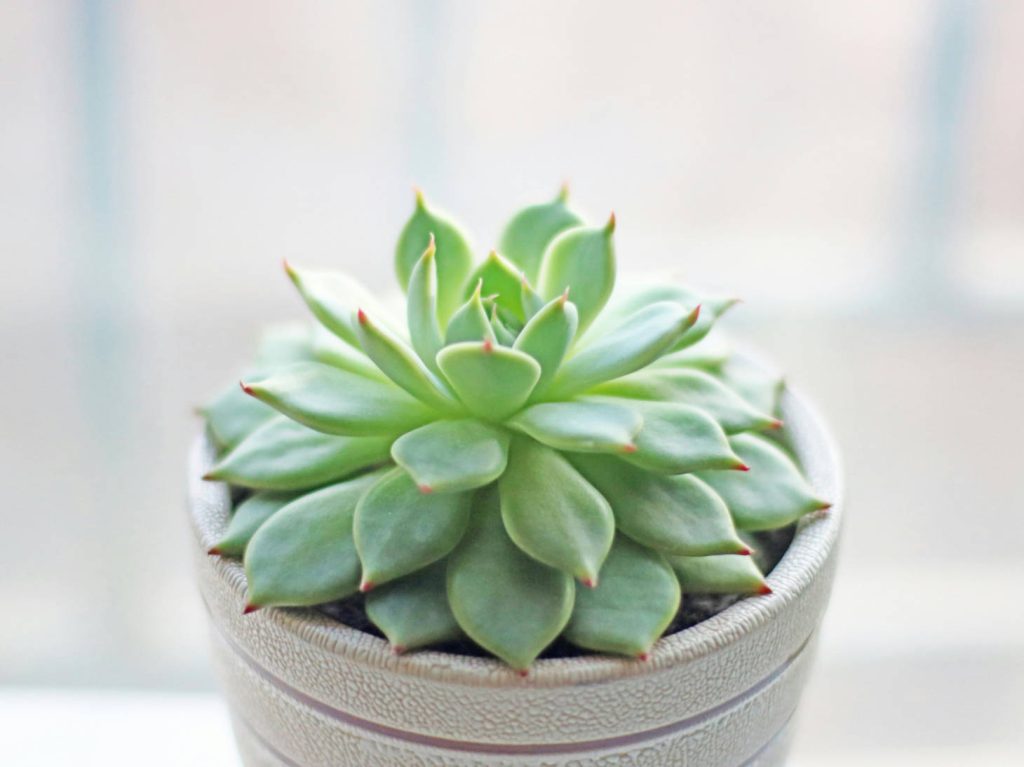
Echeveria is a rosette-forming succulent that propagates rapidly from leaves or stem cuttings. You can gently remove a healthy leaf and let it callus before placing it on a well-draining soil. With enough light, roots and small rosettes usually appear in less than two weeks.
This succulent prefers bright, indirect sunlight and does not need much water. Overwatering can cause leaves to rot before they root, so it’s best to water only when the soil is completely dry.
Echeveria offsets, or “pups,” can also be separated and planted on their own. These plants stay compact and come in many colors and shapes, letting you quickly boost your collection with just a few cuttings.
Propagation Steps:
- Remove a healthy leaf or pup
- Allow to air-dry for a few days
- Place on top of a well-draining soil
- Water only when dry
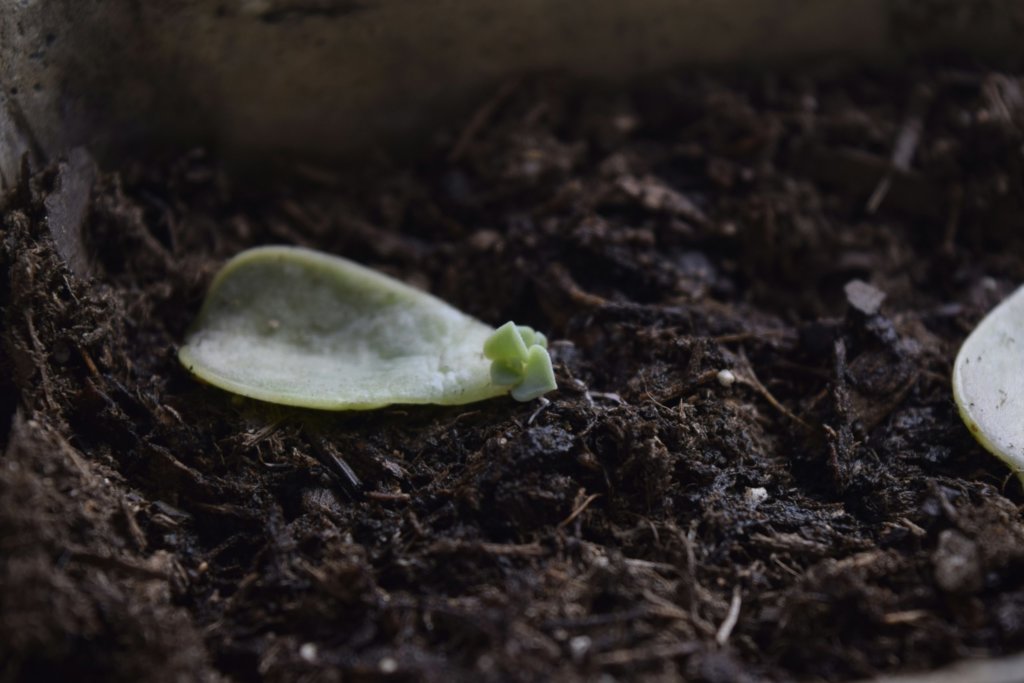
Frequently Asked Questions
Some succulents grow from cuttings faster than others. Different methods, such as leaf, stem, and even water propagation, can change how quickly roots and new growth appear.
What are the steps to propagate succulent leaves effectively?
Start by gently removing a healthy leaf from the mother plant. Make sure you take the whole leaf, including its base. Let the leaf dry for few days until the end calluses over.
Place the leaf on top of well-draining soil. Lightly mist the soil (not the leaf directly) every few days, or when the soil appears dry. After 2 to 6 weeks, you may see small roots and a new plantlet (pup) forming at the callused end.
Which species of succulents grow the quickest from cuttings?
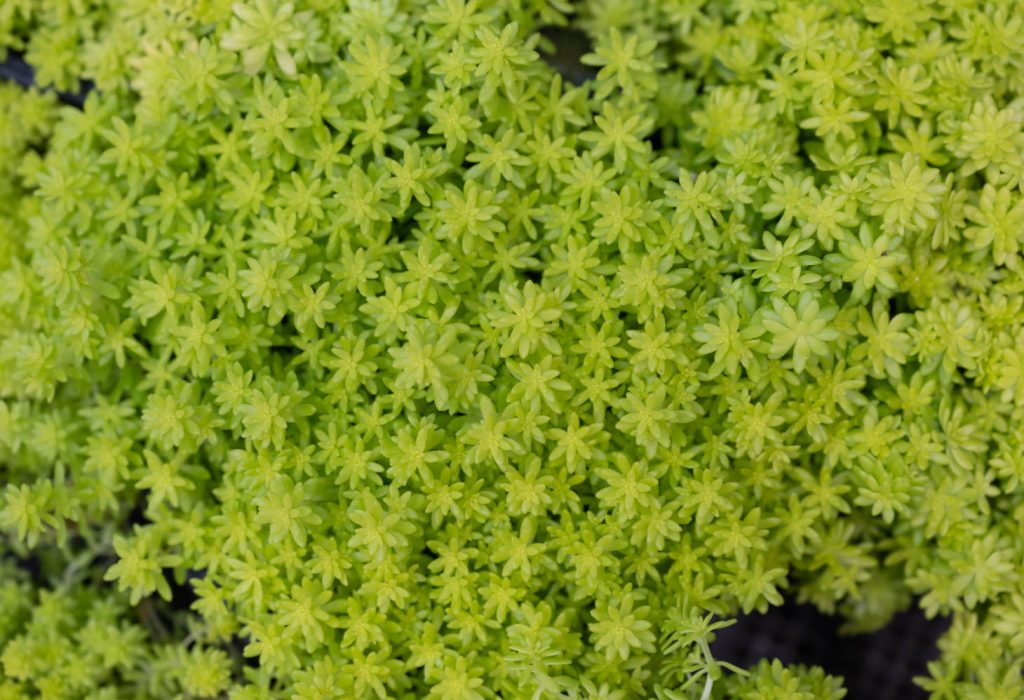
Jade plants (Crassula ovata), Sedum, and Graptopetalum are known to root quickly from stem or leaf cuttings. Echeveria and some Kalanchoe species also show fast results.
These plants tend to produce roots and new leaves in just a few weeks under the right conditions.
What is the growth rate of succulents when propagated from seed?
Succulents started from seed usually grow very slowly. It can take several weeks for seeds to germinate.
After sprouting, new plants may take months to reach a size where they can be handled easily. Some species may not reach maturity for one to three years.
Can you propagate succulents in water, and if so, how?
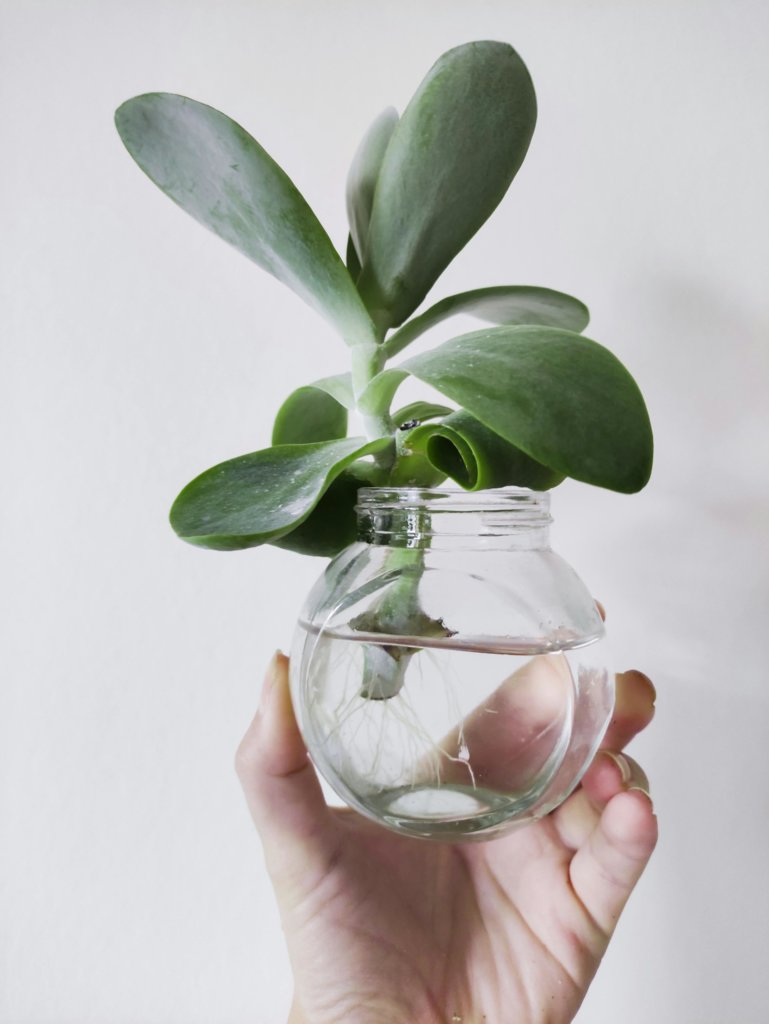
Yes, you can propagate some succulents in water. After allowing the stem cutting to callus for a few days, place it so only the tip that contains the cut touches the water, keeping the leaves dry to prevent rot.
Roots may appear in 2 to 4 weeks. Once the roots are 1 to 2 inches long, transfer the cutting to soil.
What are the most rapid ground-cover succulents suitable for propagation?
Sedum album, Sedum spurium, and Delosperma are fast-spreading ground covers that root quickly from cuttings or division.
These types are good for filling garden beds or pots, and they start to spread in just a few weeks during the growing season.
How long does it typically take for succulent cuttings to root and grow?
Most succulent cuttings start to form roots in 2 to 4 weeks. New growth often appears shortly after rooting.
Some plants can take longer if conditions are not ideal, but many common types show signs of growth within a month.

